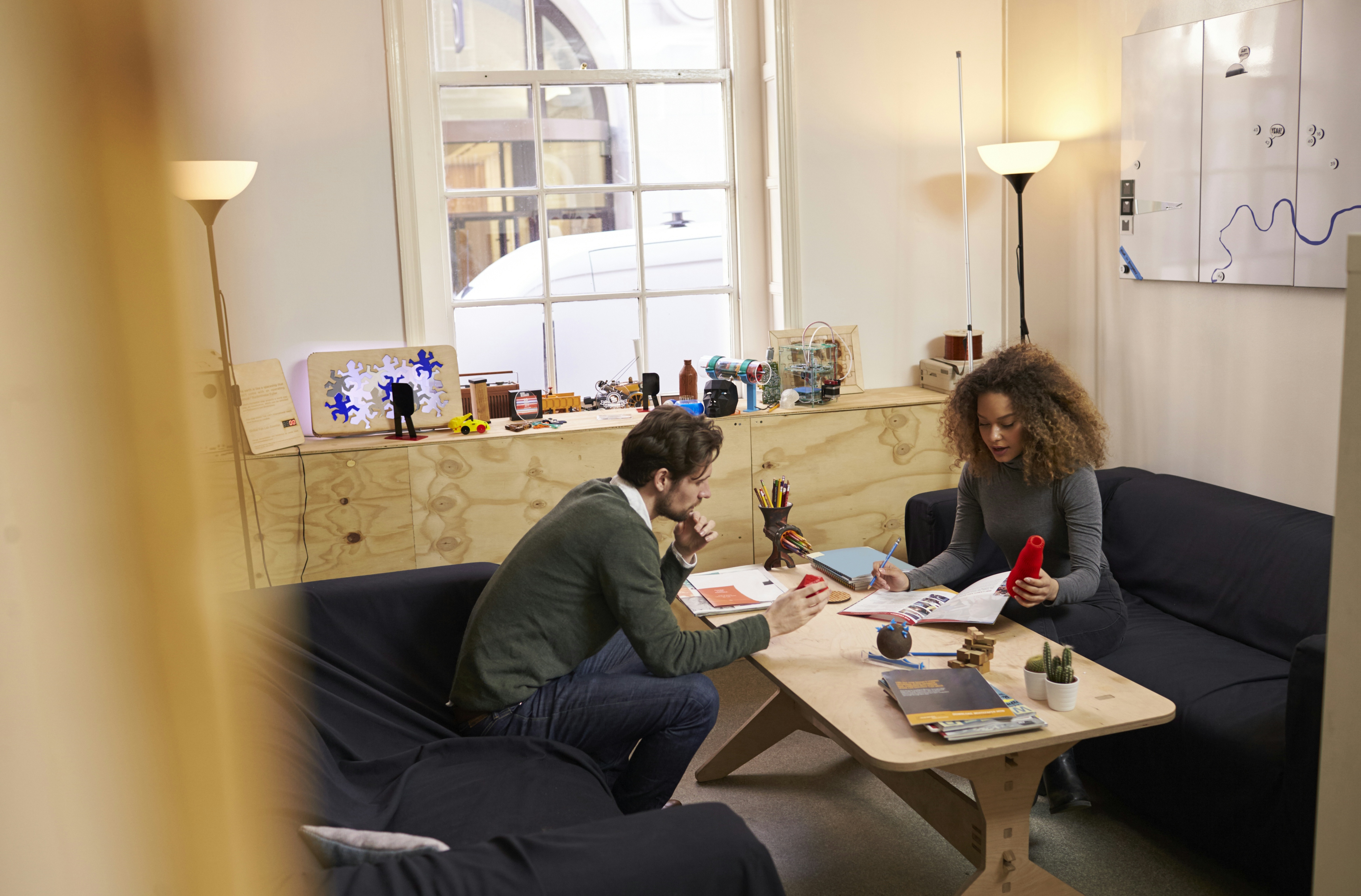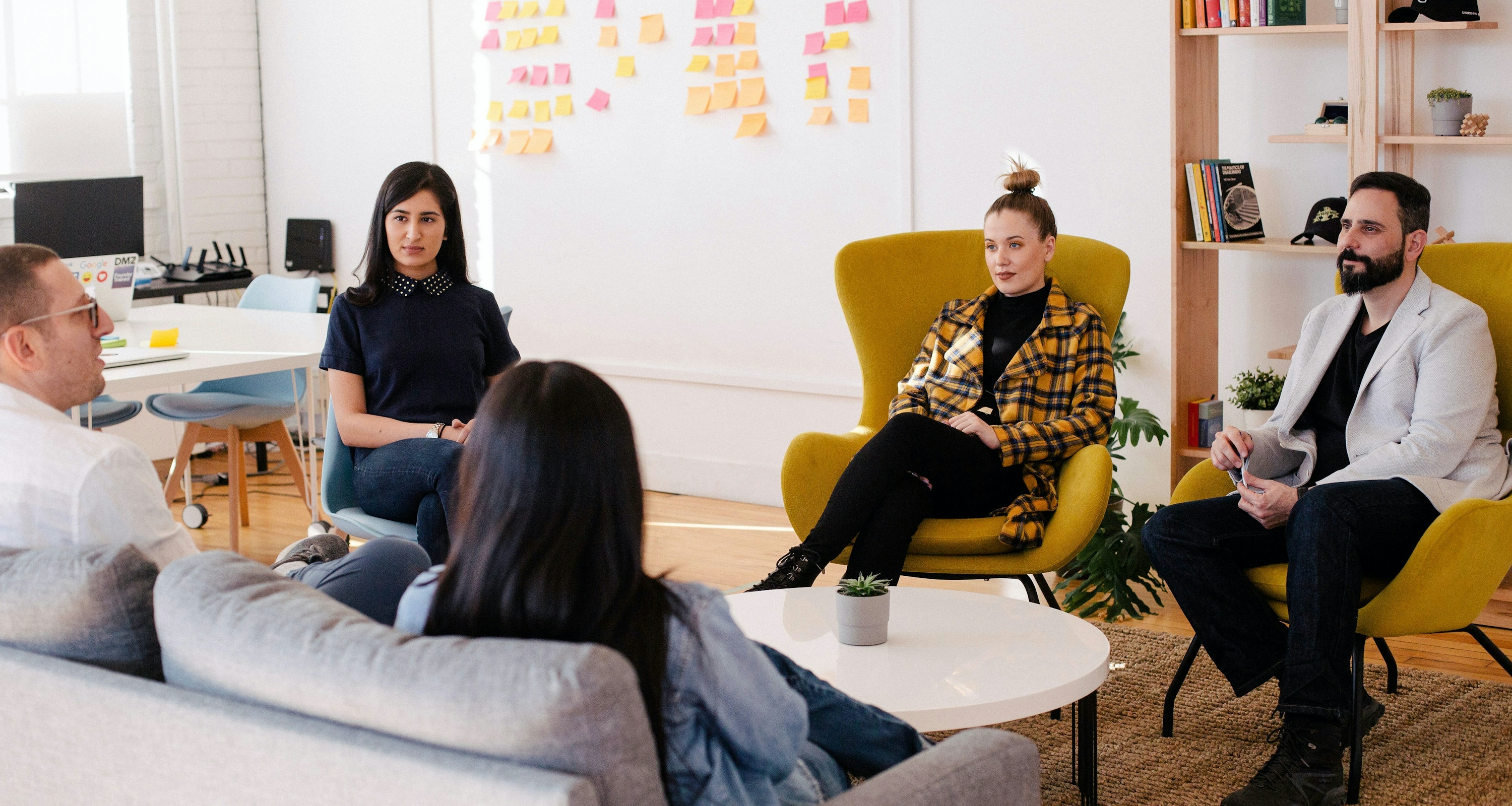Is remote work really working?
Remote work; a widely discussed and debated topic, even before Covid forced many of us to work from home.

A lot of companies were already making big claims about flexibility, employee happiness and autonomy of the employee. Less commute, no lunch rush, no endless coffee breaks, and unproductive meetings; the data has been telling us for quite some time that remote work is a proven productivity and well-being booster. This pandemic is basically a large-scale workplace experiment, testing how fast businesses and employees can adapt to what we now call the new normal.
A lot of teams were able to set up for remote working in no time, yet some seem to be struggling. When it comes to a culture of remote work it does not always seem easy for management to practice what you preach. Work environments that are struggling with remote work typically lack two essentials: Trust & Tools

Trust – If I do not see my employees working, are they?
Are things getting done? Do we realize our targets when most of us are working remote from different places? It takes a deep level of trust in your people to fully live and breathe remote work. A high-trust culture is a defining characteristic of every company that wants to adopt to successful remote working. And we all know trust touches upon a deep emotional level. You do not just switch it on unfortunately.
For a lot of managers, it takes a dramatically changed mindset to understand, embody, and ultimately spread trust across their workforce. They must learn to not micro-manage on input, availability, time spend online, etc., but to fully steer on engagement and tangible results instead. The only factors that should matter to leaders are performance and communication.
Once a team fully internalised this, the upward cycle is just great. After all, if you feel trusted, you feel more responsible, and if you are responsible, you earn more trust. And so a trust-based culture grows itself. And this in turn dramatically improves employee engagement.
Tools – Without tech for remote work, remote work won’t work.
To really deliver on employee experience and enable teams to work effectively from wherever, you need to simplify how employees are offered the services they need to be effective. Give them the right tools. A lot of organisations did not prepare for this and are still struggling with remote access to systems, security issues, a messed-up legacy IT environment, and other hitches. In many cases this forces professionals to struggle their way through a patchwork of business processes and tools, with different logins and different user experiences.
To make our people’s work actually work, we need to bring together all things that employees need to do their job effectively in a unified experience. This touches everything around people (HR), places (Facilities) & stuff (IT). It requires us to do more then simply implement a new HR system, or some new helpdesk for IT.
We need to put in place a fully digital employee experience that brings it all together. Think about things like team collaboration, learning & development, onboarding for new joiners, required facility services, IT support for software and devices, as well as the more administrative HR-stuff. To get here we must stop seeing our organisations as a bunch of separated departments. We must bring teams together (HR & IT to begin with) to break down silos and start a holistic redesign of the experience we offer our employees. Working together we can introduce consumer‑style workplace services across HR, IT and Facilities and unlock the productivity and employee engagement we are all aiming for.
Geert Beck & Jochem ter Steege